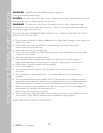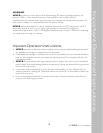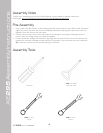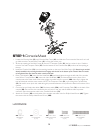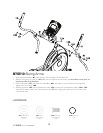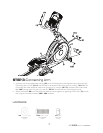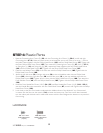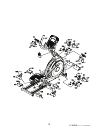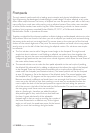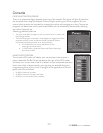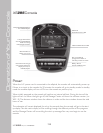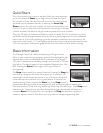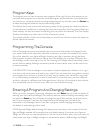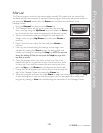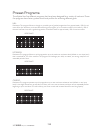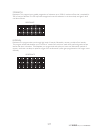
10
Elliptical T
rainer
XE295
Product Features
Footpads
Through research performed with a leading sports scientist and physical rehabilitation expert,
Spirit engineering has developed a breakthrough in pedal design. No other elliptical, at any price,
offers these unique features. The history of elliptical use over the past few years tells us that many
users suffer from numb toes while working out on elliptical trainers. Many other users complain
of ankle, Achilles tendon, knee and/or hip pain. While researching a solution to these common
problems Spirit engineers consulted Richard DeKok, P.T., M.T.C., of St. Bernards Industrial
Rehabilitation Center in Jonesboro Arkansas.
Together we identied the inherent problem in elliptical designs and developed solutions to solve
the problems. What we found is that when you use an elliptical you tend to push outward during
the power stroke and not just straight back. This causes stress on the outer part of the foot and
throws off the natural alignment of the joints. The second problem we found is that many people
tend to stay up on the ball of their foot during the elliptical motion. Our solutions were simple
but effective:
The rst solution was to add a 2-degree inward angle to the footpads. This might sound
simple but what it achieves is not. Pedaling an elliptical, no matter how close together the
pedals may be, puts the users musculoskeletal system out of neutral alignment. Adding the
2-degree angle positions the user back into a neutral alignment which eases the over stress of
the outer ankles, knees, and hips.
The second solution was to make the foot pedal adjustable to the user’s style of pedaling
the elliptical. We achieved this by adding an adjustment that allows the angle of the footpad
to be changed. There are three positions available with a simple pull-pin adjustment lo-
cated under the footpads (see illustration below). The lowest position will set the footpads
at zero (0) degrees, or at at the bottom of the elliptical stroke. The second position sets
the footpad at ve (5) degrees and the top position sets the footpads at ten (10) degrees.
Because everybody is different, we found there is no one angle that ts every user. Some
users are up on the balls of their feet, resulting in numb toes, so we decided to allow the
user to adjust the back of the foot pad upward to support the heel, taking the pressure
off of the nerves in the balls of the feet and the Achilles tendon. The result was relief from
the toes going numb. Some users are uncomfort-
able at a xed angle, therefore we added the adjust-
able pedal angles so they could nd one that feels best
for them. A great side benet of the adjustable
footpad angle is that you end up working the muscles of
the lower extremities in a different way. At the highest
angle, you will work the quadriceps more. At the lowest
angle, you work the hamstrings and gluts harder.



